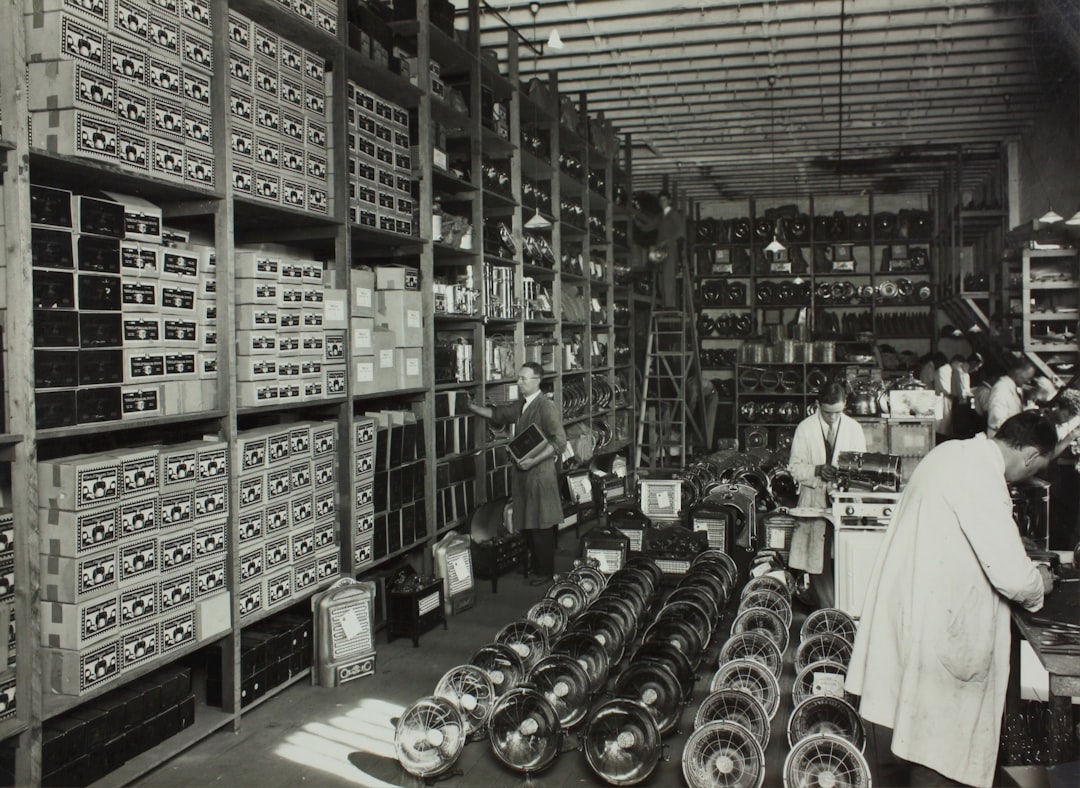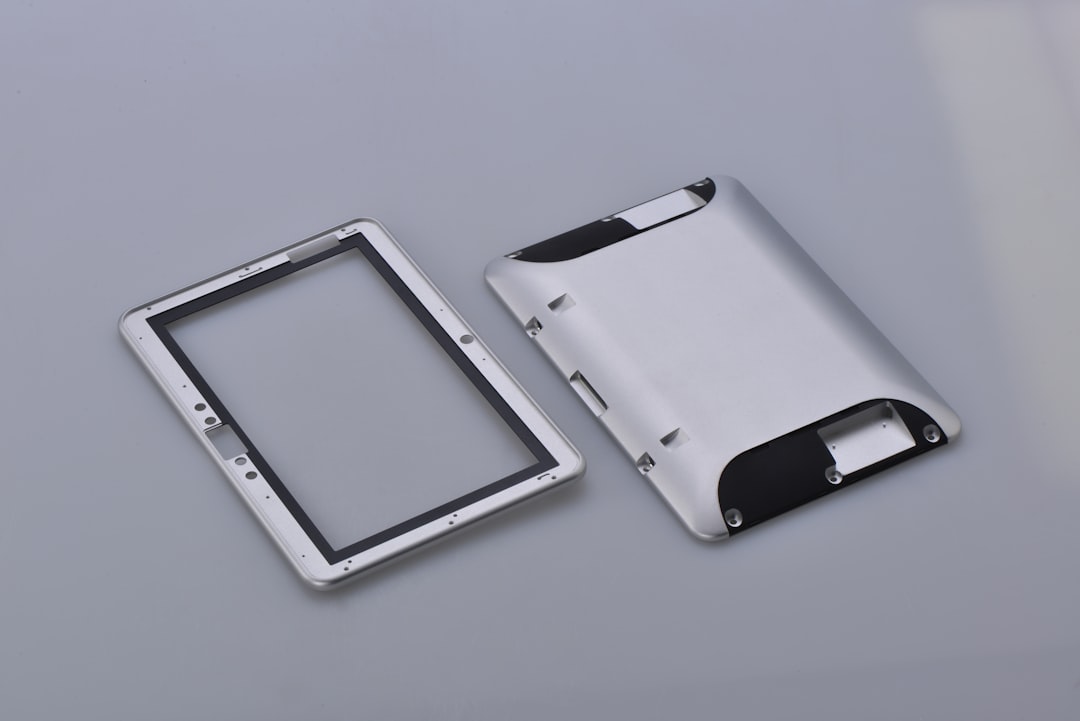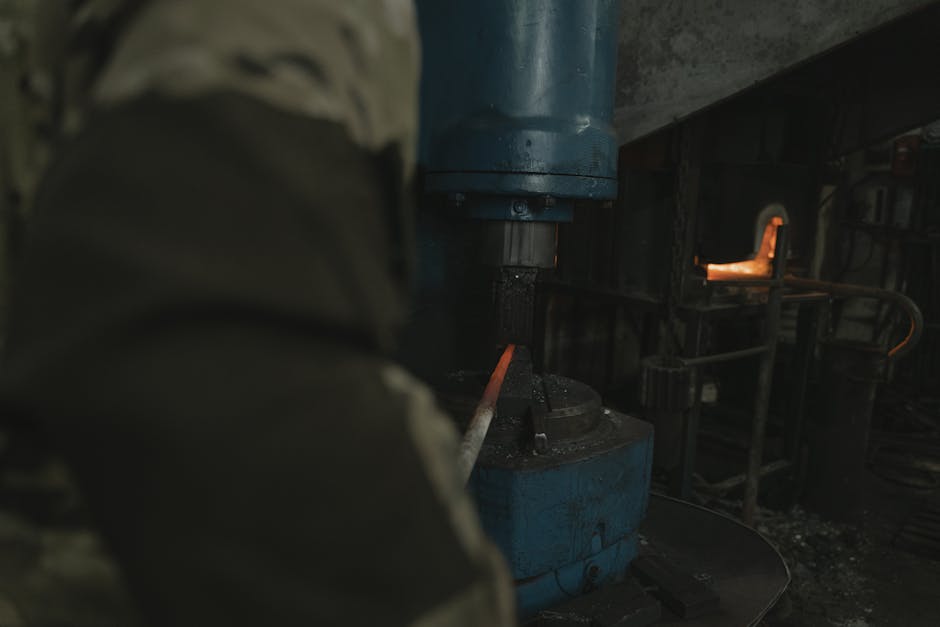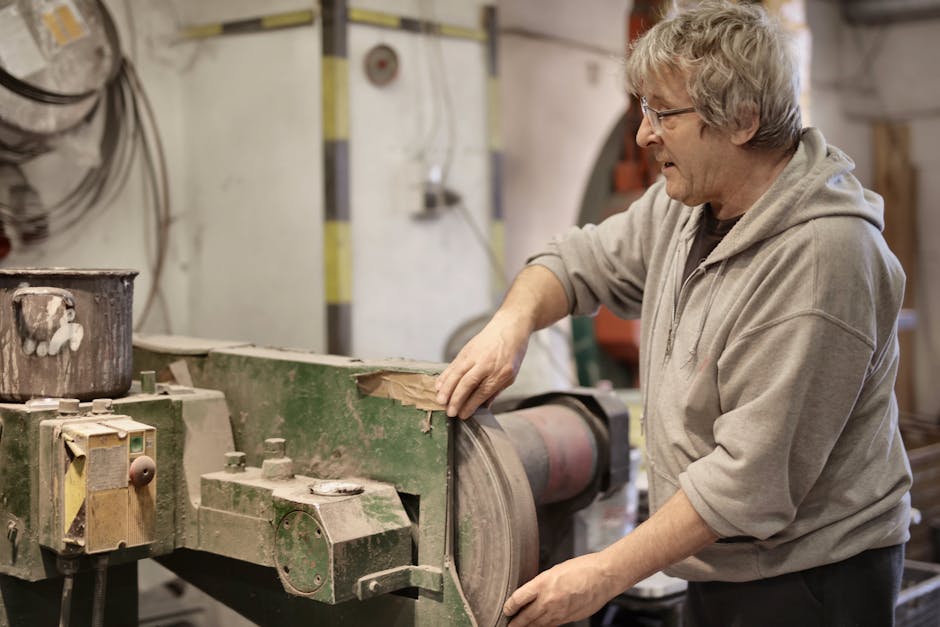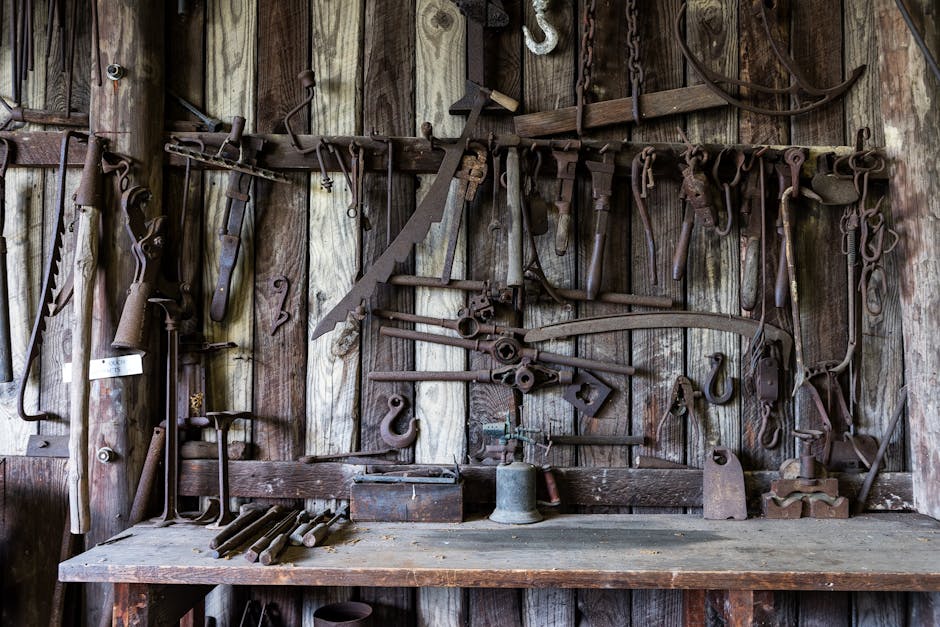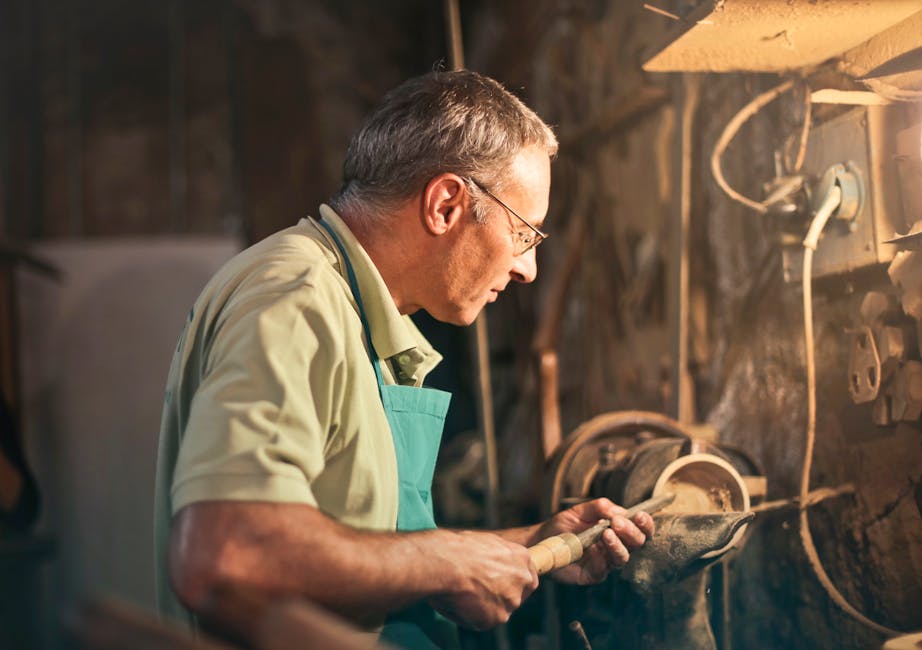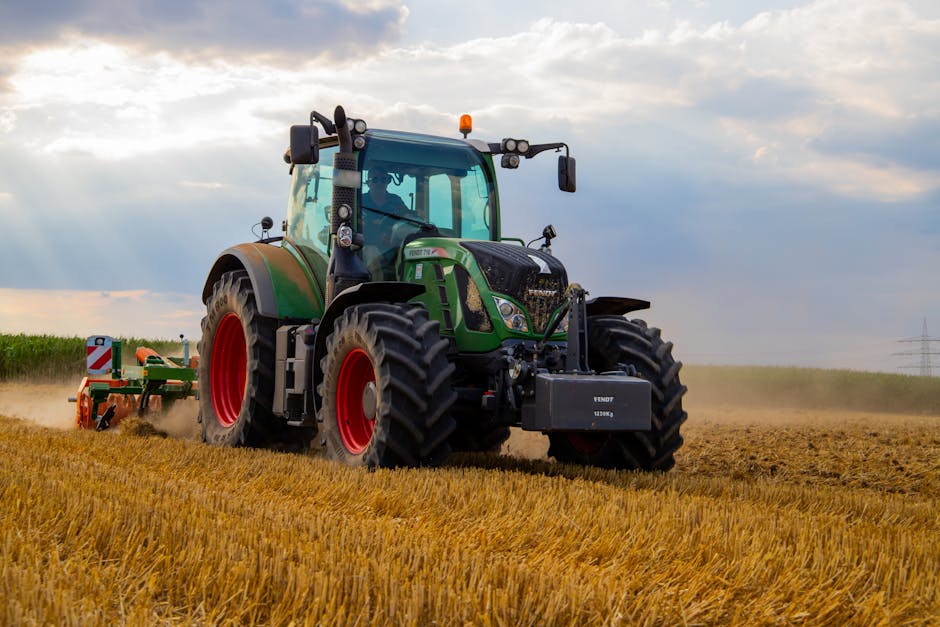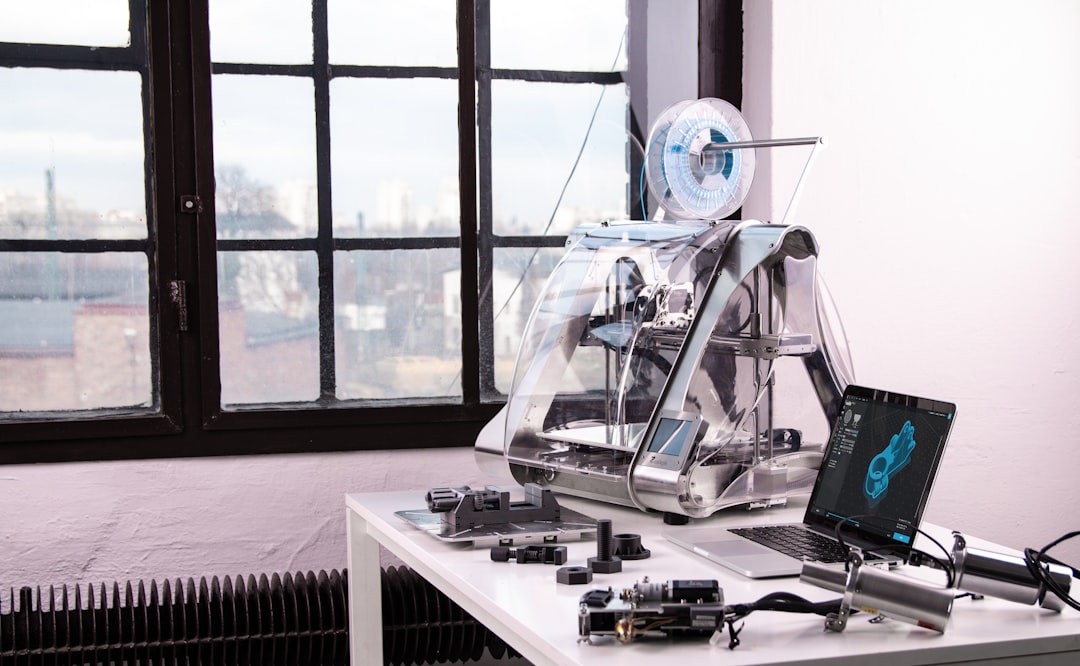Understanding CNC Lathes
CNC lathes are high-tech machines used to shape materials like metal and plastic with best precision. They have become crucial in many industries, from aerospace to automotive, due to their ability to create complex and precise CNC components.
For quick answers:
- What is a CNC lathe? A machine tool used for precise turning and shaping.
- CNC lathe applications: Aerospace, automotive, medical, and more.
- Advantages: High precision, automation, reduced manual effort.
CNC lathes evolved from manually operated lathes. The introduction of computing controls in the 1940s and 1950s transformed them into the automated powerhouses we use today. They operate by spinning the workpiece and cutting it with tools, all controlled by precise computer programming. This allows them to produce parts quickly, accurately, and consistently.
To aid your quick understanding, here’s a graphical overview of CNC lathes and their advantages:

Quick cnc lathes terms:
– cnc mills and lathes
– lathes
– what is cnc lathe machine
What is a CNC Lathe?
A CNC lathe is a high-precision tool used to shape materials such as metal and plastic. CNC stands for Computer Numerical Control, which means these machines operate using computer programming to control their movements and functions. This automation allows for incredibly precise and consistent production of parts.
How CNC Lathes Work
At the core of a CNC lathe is a computer program, often written in G-code. This code directs the machine’s movements, controlling everything from the speed of the spindle to the position of the cutting tool. The process begins with a CAD (Computer-Aided Design) drawing, which is translated into G-code. This code is then loaded into the machine’s control unit.

Key Features of CNC Lathes
- Automation: These machines operate with minimal human intervention, significantly reducing labor costs and human error.
- Precision: CNC lathes can achieve tolerances as tight as ±0.0002” (±0.00508 mm), making them ideal for industries where accuracy is critical.
- Efficiency: They can produce parts much faster than manual lathes, reducing production time and material waste.
Evolution of CNC Lathes
The journey of CNC lathes began in the 1940s and 1950s when pioneers like John T. Parsons and Frank L. Stulen introduced computer technology to machining. This innovation transformed manual lathes into sophisticated, automated machines that are indispensable in modern manufacturing.
Applications of CNC Lathes
CNC lathes are used in various industries, including:
- Aerospace: For creating high-precision components.
- Automotive: For producing engine parts and other critical components.
- Medical: For manufacturing surgical instruments and implants.
Advantages of CNC Lathes
- High Precision: Achieves extremely accurate cuts and shapes.
- Automation: Reduces manual labor and errors.
- Consistency: Ensures uniformity across all produced parts.
By automating the turning process and using computer programming, CNC lathes have revolutionized manufacturing, making it faster, more accurate, and more efficient.

Next, we will explore the different types of CNC lathes and their specific features.
How CNC Lathes Work
CNC lathes are marvels of modern engineering, designed to perform precision machining with incredible accuracy. Here’s a breakdown of how they work:
Computer Control
At the heart of a CNC lathe is a computer control system. This system uses preprogrammed software to direct the machine’s movements. The instructions are usually written in G-code, a standardized programming language for CNC machines.
G-code controls everything from the spindle speed to the cutting tool’s position. This level of control ensures that each part is produced with consistent precision.
Tool Paths
Tool paths are the routes that the machine’s cutting tool follows to shape the material. These paths are carefully planned to optimize efficiency and accuracy.
- Linear Tool Paths: Move the tool in straight lines, ideal for simple cuts.
- Circular Tool Paths: Move the tool in arcs, useful for complex curves and circles.
CAD Programming
The process starts with a CAD (Computer-Aided Design) drawing of the part. This drawing is then converted into G-code. The G-code is loaded into the CNC lathe’s control unit, which directs the machine to execute the design.
Automation
One of the standout features of CNC lathes is their high degree of automation. Once programmed, these machines can run with minimal human intervention. This reduces labor costs and minimizes human error.
Precision
CNC lathes are known for their precision. They can achieve tolerances as tight as ±0.0002” (±0.00508 mm). This makes them ideal for industries where accuracy is critical, such as aerospace and medical device manufacturing.
Key Features
- Automation: Reduces the need for manual labor and increases efficiency.
- Precision: Ensures extremely accurate cuts and shapes.
- Consistency: Produces uniform parts every time.
Real-World Applications
CNC lathes are used in a variety of industries:
- Aerospace: For creating high-precision components.
- Automotive: For producing engine parts and other critical components.
- Medical: For manufacturing surgical instruments and implants.
Evolution of CNC Lathes
The journey of CNC lathes began in the 1940s and 1950s with pioneers like John T. Parsons and Frank L. Stulen. They introduced computer technology to machining, changing manual lathes into the sophisticated, automated machines we use today.
Next, we will explore the different types of CNC lathes and their specific features.
Types of CNC Lathes
2-Axis CNC Lathes
2-Axis CNC Lathes are the simplest type of CNC lathes. They operate on two linear axes: X and Z.
- X-Axis: Controls the diameter of the part.
- Z-Axis: Controls the length of the part.
These lathes are perfect for making round parts. The bar stock is fed through the collet along the Z-axis, and a stationary tool cuts the rotating bar stock. This setup is ideal for simple, symmetrical parts like rods and shafts.
3-Axis CNC Lathes
3-Axis CNC Lathes add a third axis, the Y-axis, which is perpendicular to both X and Z axes. This allows for more complex shapes.
- X, Y, Z Axes: Enable detailed machining of curves and angles.
- Ball Screw Actuators: Drive the movement for precise control.
These lathes often evolve into turning centers with additional features for more complex parts. They can perform milling operations and are great for creating parts with intricate designs.
4-Axis CNC Lathes
4-Axis CNC Lathes introduce a rotary axis, known as the C-axis. This axis allows for live tooling, which means the tools can rotate and perform milling operations.
- C-Axis: Rotates the workpiece for precise angular cuts.
- Live Tooling: Allows for operations like drilling and contouring.
This setup is perfect for parts that require both turning and milling in one operation. The servomotors in the live tooling ensure accurate contouring motion, making these lathes versatile for complex tasks.
5-Axis CNC Lathes
5-Axis CNC Lathes are the most advanced. They add either an A or B axis to the existing X, Y, Z, and C axes.
- A or B Axis: Allows for compound angle cuts.
- XYZAC or XYZBC Toolpath: Supports complex, multi-directional machining.
These lathes can perform all milling and turning operations in one setup. They are ideal for parts that require high precision and intricate designs, like aerospace components.
CNC Swiss Lathes
CNC Swiss Lathes are specialized for high-production work. They are unique because the bar stock moves while the tools remain stationary.
- Fixed Tooling Jig: Holds tools close to the spindle for quick changes.
- Bar Stock Movement: The bar moves against the tool, unlike other CNC lathes.
These lathes are excellent for producing small, precise parts quickly. They are designed for lights-out operation, meaning they can run unattended, making them perfect for mass production.
Each type of CNC lathe offers unique capabilities, making it crucial to select the right one for your specific needs. Understanding these differences can help you choose the best machine for your precision machining projects.
Next, we will dive into the advanced features that can further improve the capabilities of CNC lathes.
Advanced Features of CNC Lathes
Live Tooling
Live tooling is a game-changer for CNC lathes. Unlike traditional setups where the workpiece rotates and the tool remains stationary, live tooling allows tools to move and operate while the workpiece is stationary. This enables complex operations like milling, drilling, and tapping without removing the workpiece from the lathe.
- Milling: Craft intricate shapes directly on the lathe.
- Drilling: Perform precise off-center drilling.
- Tapping: Create threaded holes with high accuracy.
- Grooving/Slotting: Design specific grooves or slots.
- Thread Milling: Produce threads in one setup.
Imagine you need to create a part with multiple features. With live tooling, you can complete all operations in a single setup, saving time and improving accuracy.
Dual Spindles
Dual spindles add another layer of efficiency to CNC lathes. These machines have two spindles: a main spindle and a secondary spindle. The part is first machined on the main spindle and then transferred to the secondary spindle for additional operations.
- Main Spindle: Handles the initial machining.
- Secondary Spindle: Performs additional machining on the opposite side.
This setup is perfect for parts that require machining on both ends. By using dual spindles, you can reduce setup times and increase production rates.
Tool Change Capabilities
Modern CNC lathes come with advanced tool change capabilities. These features allow the machine to switch between different tools automatically, without manual intervention.
- Turret with Tool Slots: Holds multiple tools ready for use.
- Automatic Tool Changer (ATC): Swaps tools quickly and efficiently.
For example, if you’re machining a part that requires multiple tools, the ATC can switch tools in seconds, minimizing downtime and maximizing productivity.
Automation Systems
Automation systems are integral to the efficiency of CNC lathes. These systems include features like bar feeders, parts catchers, and robotic arms, which automate the loading and unloading of materials.
- Bar Feeder: Automatically feeds bar stock into the lathe.
- Parts Catcher: Collects finished parts, reducing manual handling.
- Robotic Arms: Assist in loading and unloading, enabling continuous operation.
With these automation systems, CNC lathes can run 24/7 with minimal human intervention. This not only boosts production but also reduces labor costs and human error.
By leveraging these advanced features, CNC lathes can achieve higher efficiency, precision, and versatility in machining operations. Next, we’ll guide you on how to select the right CNC lathe for your specific needs.
Selecting the Right CNC Lathe
Choosing the right CNC lathe for your needs can be a game-changer. Here are the key factors to consider:
Bar Capacity
Bar capacity refers to the maximum outer diameter of the bar stock that can be fed into the machine. This is crucial because it determines the size of the parts you can produce. For example, if you plan to make parts with a 1.5-inch diameter, you need a lathe with a bar capacity of at least 1.5 inches.
- Example: A CNC Swiss lathe typically handles bar capacities up to 2 inches, making it ideal for small, precise parts.
Max Part Length
Max part length is the longest piece the lathe can machine. This is important for projects that require longer components.
- Example: If you need to produce a 10-inch long shaft, ensure the lathe can accommodate this length.
Tooling Capacity
Tooling capacity refers to how many tools the lathe can hold and switch between during operations. More tooling options mean more versatility but also higher costs.
- Example: A lathe with a turret that holds 12 tools allows for complex machining without frequent tool changes.
Live Tool Positions
Live tool positions allow for operations like milling and drilling while the workpiece is stationary. This feature is essential for complex parts requiring multiple operations.
- Example: A lathe with 6 live tool positions can handle intricate tasks like off-center drilling and slotting.
Sub Spindle Capabilities
Sub spindles add efficiency by allowing the part to be transferred from the main spindle to a secondary spindle for additional machining. This is perfect for parts that need operations on both ends.
- Example: A part machined on both sides can be completed in one setup, reducing production time.
CNC Control Type
The CNC control type affects the machine’s ease of use and capabilities. Fanuc is a common and reliable brand, but other options are available.
- Example: Fanuc controls are known for their user-friendly interface and reliability.
Feed Rates
Feed rates determine how quickly the machine can cut material. Faster feed rates can improve productivity but may affect precision.
- Example: Higher feed rates are beneficial for high-volume production runs.
Bar Feeders
Bar feeders automate the feeding of bar stock into the lathe, allowing for continuous operation. This is crucial for high-volume production.
- Example: A 12-foot bar feeder can handle longer bars, reducing the need for frequent reloads and minimizing scrap rates.
By considering these factors, you can select a CNC lathe that meets your production needs efficiently. Next, we’ll explore some of the top CNC lathe brands to help you make an informed decision.
Top CNC Lathe Brands
When it comes to CNC lathes, choosing a reputable brand can make a big difference in your machining operations. Here are some of the top brands you should consider:
Haas
Haas is known for its reliable and user-friendly CNC machines. Their Haas SL Series Lathes, like the SL10, SL20, and SL30, offer high precision and flexibility. For more complex parts, the Haas UMC 750 5-Axis Mill provides excellent versatility and precision.
- Notable Features: Easy-to-use controls, robust construction, and excellent customer support.
- Ideal For: Shops needing efficient and precise machining.
Mazak
Mazak offers a wide range of CNC lathes known for their durability and advanced technology. Their machines are designed to handle complex parts with ease.
- Notable Models: Mazak Integrex Series for multi-tasking capabilities.
- Ideal For: High-production environments requiring versatility.
DMG Mori
DMG Mori is renowned for its innovative and robust machine tools. The DMG Mori DMU 50 5-Axis Mill and DMG Mori NLX 2000 Multi Spindle Lathe are standout options.
- Notable Features: High precision, multi-axis capabilities, and advanced control systems.
- Ideal For: Aerospace and automotive industries needing complex geometries and multi-sided machining.
Doosan
Doosan is a trusted name in the manufacturing industry, known for robust and reliable CNC lathes. While specific models weren’t highlighted, their machines are well-regarded for their performance.
- Notable Features: Sturdy construction and high reliability.
- Ideal For: Shops looking for durable and high-performance lathes.
Johnfords
Johnfords offers a variety of CNC lathes that are known for their precision and versatility. They provide solutions for both small and large-scale operations.
- Notable Features: Wide range of sizes and functionalities.
- Ideal For: Diverse machining needs across various industries.
Nexturn
Nexturn specializes in CNC Swiss-type lathes and CNC fixed head type machines. They are known for their high precision and efficiency.
- Notable Models: Nexturn CNC Swiss Lathes.
- Ideal For: High-production environments requiring precise and small parts.
Takamatsu Machinery
Takamatsu Machinery focuses on high-precision CNC lathes. Their machines are designed for industries that require the highest standards of accuracy.
- Notable Features: Exceptional accuracy and surface finish.
- Ideal For: Medical and aerospace sectors where every micron counts.
By considering these top brands, you can find a CNC lathe that meets your specific machining needs and improves your shop’s efficiency.
Frequently Asked Questions about CNC Lathes
What does a CNC lathe do?
A CNC lathe is a machine tool that creates precise round shapes. It does this by rotating the workpiece against a stationary cutting tool. This process can shape both the outer diameter (O.D.) and inner diameter (I.D.) of the part. CNC lathes are used in various industries like automotive, aerospace, and medical manufacturing. They are excellent for making parts such as screws, shafts, and knobs with high precision and repeatability.
What is the difference between CNC and normal lathe?
The main difference between a CNC lathe and a normal lathe is how they are controlled. A CNC lathe uses computer control to automate the machining process. This means it follows pre-programmed instructions for cutting, drilling, and shaping parts.
In contrast, a normal lathe requires manual operation, where the machinist manually guides the cutting tool. CNC lathes offer higher precision, faster production, and the ability to produce more complex parts compared to manual lathes.
What is the difference between a Swiss lathe and a CNC lathe?
While both are types of CNC lathes, a Swiss lathe and a conventional CNC lathe have key differences in how they support the workpiece and perform cuts.
-
Workpiece Support: In a Swiss lathe, the workpiece is supported by a guide bushing close to the cutting tool. This provides extra support and reduces deflection, making it ideal for long, slender parts.
-
Guide Bushing: The guide bushing in a Swiss lathe ensures that the workpiece remains stable during machining. This allows for higher precision and is especially useful for small, intricate parts.
-
Conventional Turning Centers: In a standard CNC lathe, the workpiece is held by a chuck or collet at one end. The cutting tool moves along the workpiece to perform the machining operations. This setup is better suited for shorter, bulkier parts.
By understanding these differences, you can choose the right CNC lathe for your specific machining needs, ensuring optimal performance and precision.
Conclusion
At TMC Technologies, we understand the critical role that CNC lathes play in precision machining. Our expertise and dedication to innovation make us a trusted partner in the industry.
High-Quality CNC Components
We offer high-quality CNC components that meet stringent industry standards. Whether you need parts for aerospace, automotive, or medical applications, our components ensure reliability and precision.
Custom Applications
Every machining project is unique. We specialize in creating custom solutions custom to your specific requirements. From intricate metal parts to high-speed production, our advanced CNC lathes and skilled technicians are here to help.
Precision Machined Parts
Our commitment to quality and innovation ensures that you receive the best possible solutions for your manufacturing challenges. We excel in producing precision machined parts with tight tolerances and exceptional dimensional stability.
Choosing TMC Technologies means partnering with a company committed to pushing the boundaries of precision machining. Explore our CNC lathe and CNC milling services to see how we can help you achieve unparalleled success in your projects.
By leveraging the benefits of CNC lathes, you can improve the quality, speed, and cost-effectiveness of your manufacturing operations. Let TMC Technologies be your partner in achieving precision and efficiency in your production processes.
For more information or to get started on your next project, contact us today.

